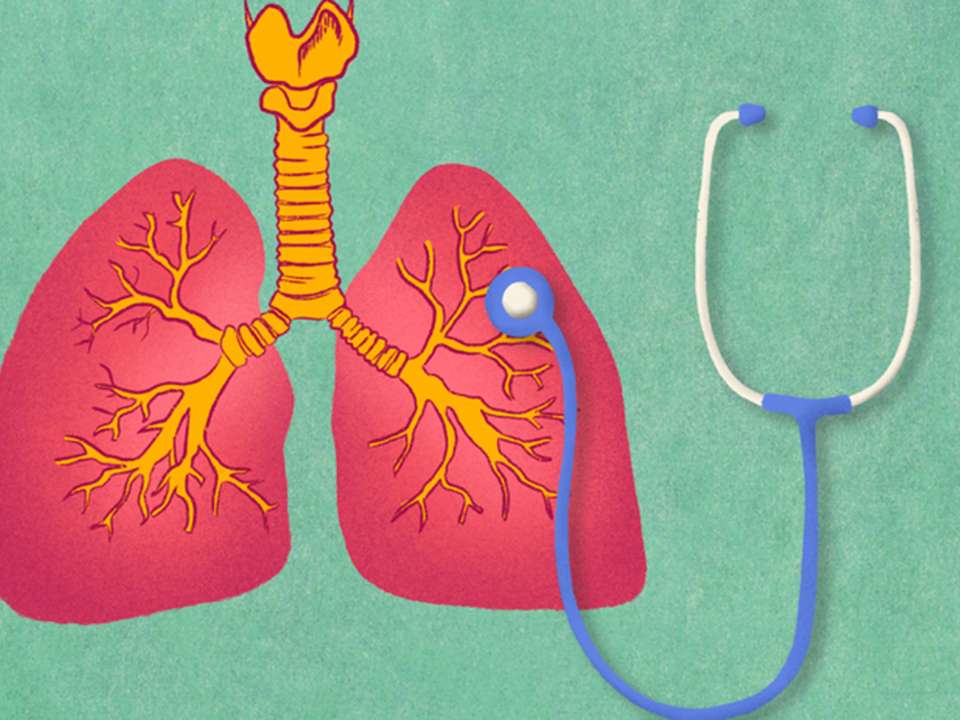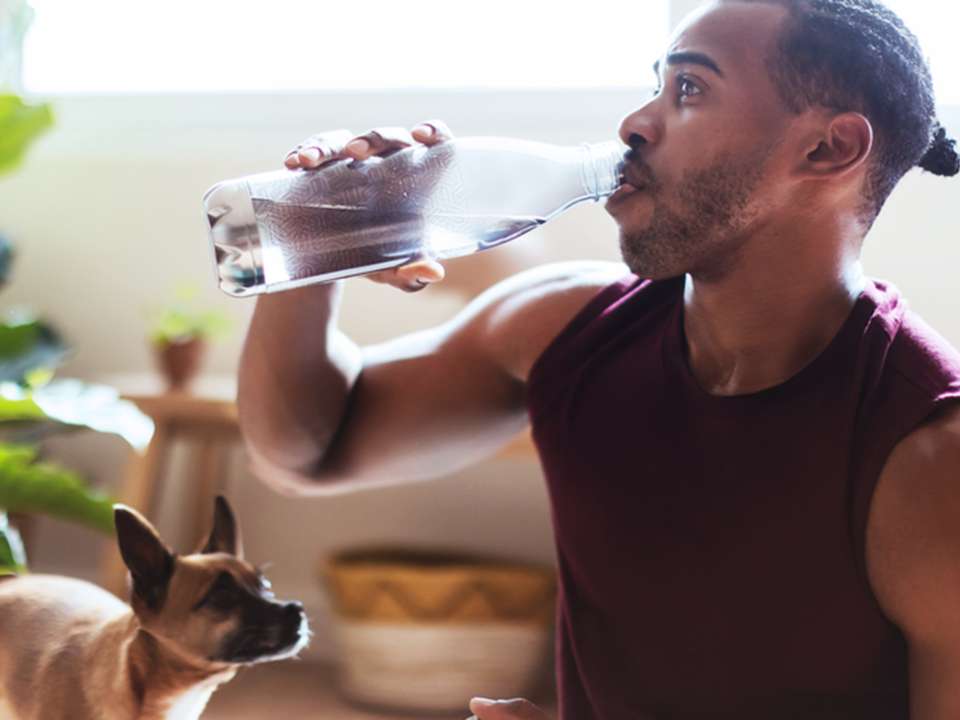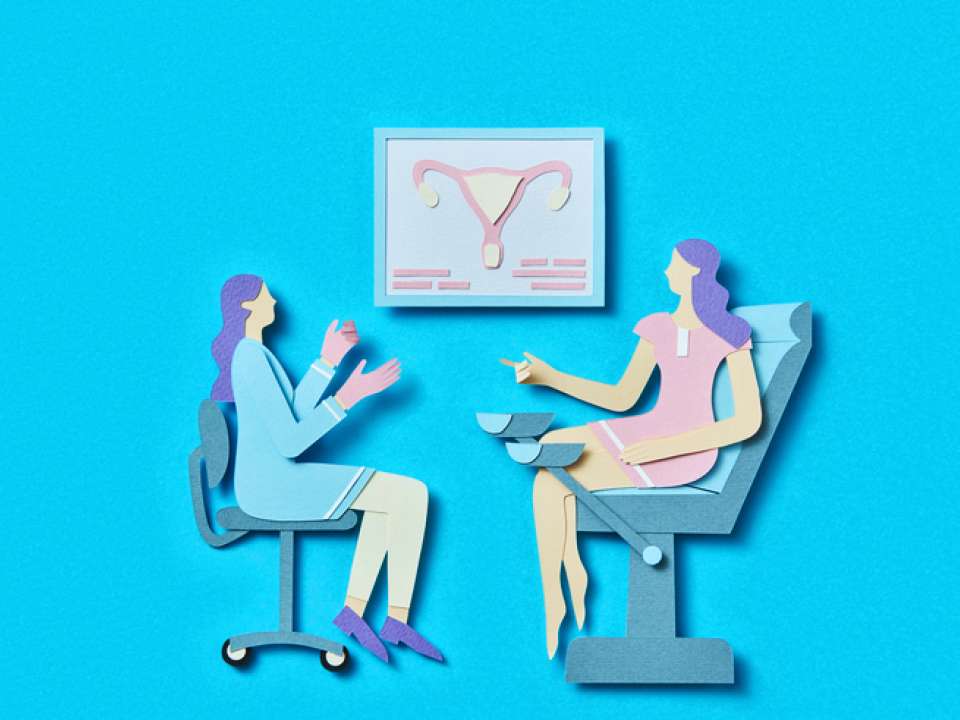
Childbirth brings the gift of a beautiful new family member, but also leaves behind some not-so-fun reminders of the process that was pushing an entire human out of you.
One reminder of vaginal birth is a common experience for many people: incontinence, or having a hard time controlling the bladder. We’re not saying post-baby bladder control is so bad that you’re slightly jealous of your newborn’s diapers, but it’s normal to experience some leakage when you cough, laugh, sneeze or jump, as well as experience an increased urgency to go to the bathroom.
Here are the most common types of after-birth incontinence, and how to get back to your pre-baby bladder.
3 reasons why peeing is a problem after childbirth
During pregnancy and delivery, the muscles and ligaments of the pelvic floor are stretched. This weakens their support of the bladder and the urinary sphincter, a muscular valve, that controls urine flow.
Stress incontinence
Stress incontinence isn’t great. It’s accidental bladder leakage, typically from activities like coughing, laughing, jumping or sneezing. So like, existing.
“It’s probably one of the types of incontinence that I see the most,” says Dr. Hilary Pentz, a physical therapist with UW Medicine’s Advanced Manual Therapy and Sports Rehabilitation and a specialist in prenatal and postnatal treatment. “My job is to try to help them get their control back through exercising the pelvic floor muscles.”
When you visit the doctor to talk about your stress incontinence, they’ll usually do an exam to assess the strength of your pelvic floor. They’ll insert a gloved finger “down there” and will ask you to squeeze. Most people know this as a Kegel.
“When I ask people to do a Kegel, I often can’t feel any contraction,” says Pentz, “Even though people feel like they may be contracting or squeezing the muscles. A good cue I use is to tell the patient to imagine there’s a tampon inside of them and that I am holding the string. Then I tell them, don’t let me pull the string.”
There are five pelvic floor exercises that can help with stress incontinence:
- Concentric contraction: This exercise consists of squeezing (doing a Kegel), relaxing, squeezing again, and relaxing again.
- Eccentric contraction: This exercise looks like a quick strong squeeze followed by a slow relaxing of the muscles.
- Isometric contraction: This exercise is a test of endurance, in which you’ll squeeze and hold as long as you can. Pentz says that at the beginning, someone might only be able to hold for a few seconds, but through this therapy, they eventually hope to get someone to be able to hold that position for about a minute.
- Mountain exercise: This is a slow-build and slow-release exercise. You’ll slowly squeeze tighter and tighter before slowly relaxing down.
- Elevator exercise: For this exercise, you’ll start relaxed, then squeeze to about 50% of your strength, then squeeze with 100% of your strength, back down to 50% until you reach a relaxed state again.
“I take these five exercises and teach how to do them in different positions, like sitting, laying down, standing, standing on one leg, wide stance and jumping,” says Pentz. “If we teach in as many positions as possible, when they’re out and about and they squeeze or cough, they’ll know how to control those muscles.”
Urge incontinence
Urge incontinence is a bit different, as is the treatment. This type of incontinence is, yes, the strong urge to pee. People who experience urge incontinence are going to the bathroom many times a day.
“For this group, we sometimes look at other factors such as diet,” says Pentz. “If you have too much acidity in your diet, maybe from caffeine, alcohol, lemon or lime, it can create that urgency you’re feeling. Cutting out those things can potentially help the incontinence.”
For urge incontinence, Pentz also says she has her patients create a bladder diary, which will allow them to record how many times a day they pee and the length of their stream (think: counting one-Mississippi, two-Mississippi, etc. until you’re done peeing).
Mixed incontinence
Those with mixed incontinence will probably have a mix of the two treatment plans due to the mix of symptoms. Pentz describes mixed incontinence as those who might have started with stress incontinence. Then, as a preventive or proactive measure, began using the restroom more frequently during the day to combat the bladder leakage. The thing is, this can then develop into urge incontinence. In this case, it’s essential to work with your doctor to see what treatment would be right for you.
Provider options for incontinence
If you’ve decided it’s time to tackle the leakage or urges that come with post-baby incontinence, scheduling an appointment with a urogynecologist could be a good option to explore.
In addition to determining the type of incontinence you might be dealing with, these types of providers can also refer you to a physical therapist who can help with pelvic floor exercises, provide medications or recommend diet changes to help alleviate your symptoms. In more severe cases, a urogynecologist can also help determine if you have a more serious condition that might need different treatment, such as surgery.
The National Institutes of Health recommends anyone experiencing urinary incontinence should undergo an evaluation to determine the right treatment option. Think of it as an act of self-care (or an opportunity to prevent the third bathroom run of the morning).
Don’t skip Kegel day
We get it; caring for a new infant, your post-partum mental health and remembering how to be a person takes up so much brain space after baby. But if you’re experiencing some post-birth incontinence, take time to care for your pelvic floor, too.
“Early intervention is key,” says Pentz. “Particularly within the first year. With help and management, the chance of a full recovery is very high.”

 Healthy ideas for your inbox
Healthy ideas for your inbox





